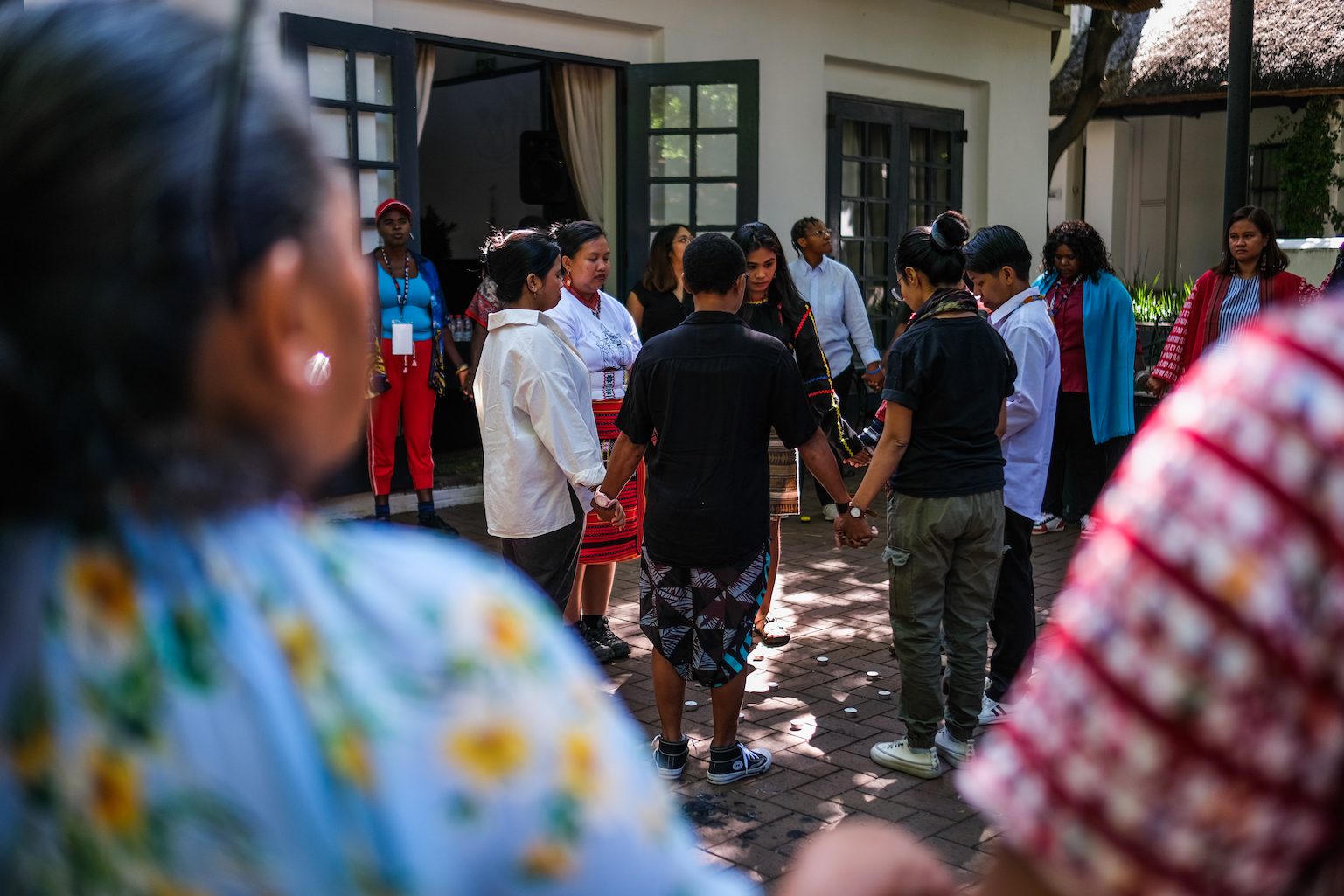



Last week, in the typical last-minute dash to finalize an excruciatingly detailed, mammoth end-of-grant report for the last 3.5 years, my task was to “churn” a response to this zinger of a donor question: “What are the main (remaining) gaps for achieving gender equality in your working area?”
You’ve got to be kidding, right? And while I’m at it, I’ll explain why poverty hasn’t been solved.
My feminist sisters and I tend to roll our eyes at a question like this, thinking – jeez, they really don’t know how this business of oppression and inequality operate, do they? But, to be honest, a lot of donors and regular people ask this same question. My dad – a geologist accustomed to long time frames – once asked me, “How long do you think it will take to achieve gender equality?” Maybe we need a feminist theory of plate tectonics? On a serious note, we have to make a great effort to explain the slipperiness of power to folks who see the road to gender equality as straight ahead. Here’s my attempt to answer this question:
Despite important gains and progress by this project, upending gender equality – like any shift in the structures and norms of power – is dynamic. Many feminist describe the process as a dance: two steps forward, three steps sideways, and one step backwards. As research and history demonstrate, gender inequality is among the most intractable and resistant to change in part because it is perpetuated and reproduced by everyone (men and women), everywhere through the deep, invisible dynamics of socialization within families, and reinforced by institutions, media, and in many places, the threat of violence at home and in public. And gender inequality dovetails with other forms of oppression based on race, ethnicity, class, sexuality and a myriad of other institutionalized forms of discrimination. Changing relations between men and women in any society involves everyone and many variables, and at the same time, is among the most sensitive. Thus, worldwide – from the USA to Egypt to South Africa to Brazil — we are witnessing a sustained political backlash against women’s rights and freedoms provoked in part by the important legislative and policy gains of women globally in the previous decades (e.g. the ratification of CEDAW by hundreds of countries, the Beijing Platform for Action, the Cairo Platform, Resolution 1325 recognizing rape as a war crime, etc.) In short, the road to gender equality has many gaps and even, reversals.
At JASS, we recognize the inevitability of conflict if our strategies are successful and we plan accordingly. In the face of growing insecurity in many countries, assessing risk and conflict, both within alliances and in terms of the impact of our strategies, is increasingly standard. We want to maximize gain and minimize conflict as we inch forward, sideways, etc.
Nevertheless, the key gaps and challenges that threaten gender equality works are:
Despite these challenges, JASS is prepared to respond to these volatile new dynamics as we seek to strengthen and build networks at all levels not only to mobilize influence, but also to ensure safety. And in the face of many hurdles and setbacks, women’s persistence and resilience remain the hope and promise for a better future as they have for centuries.